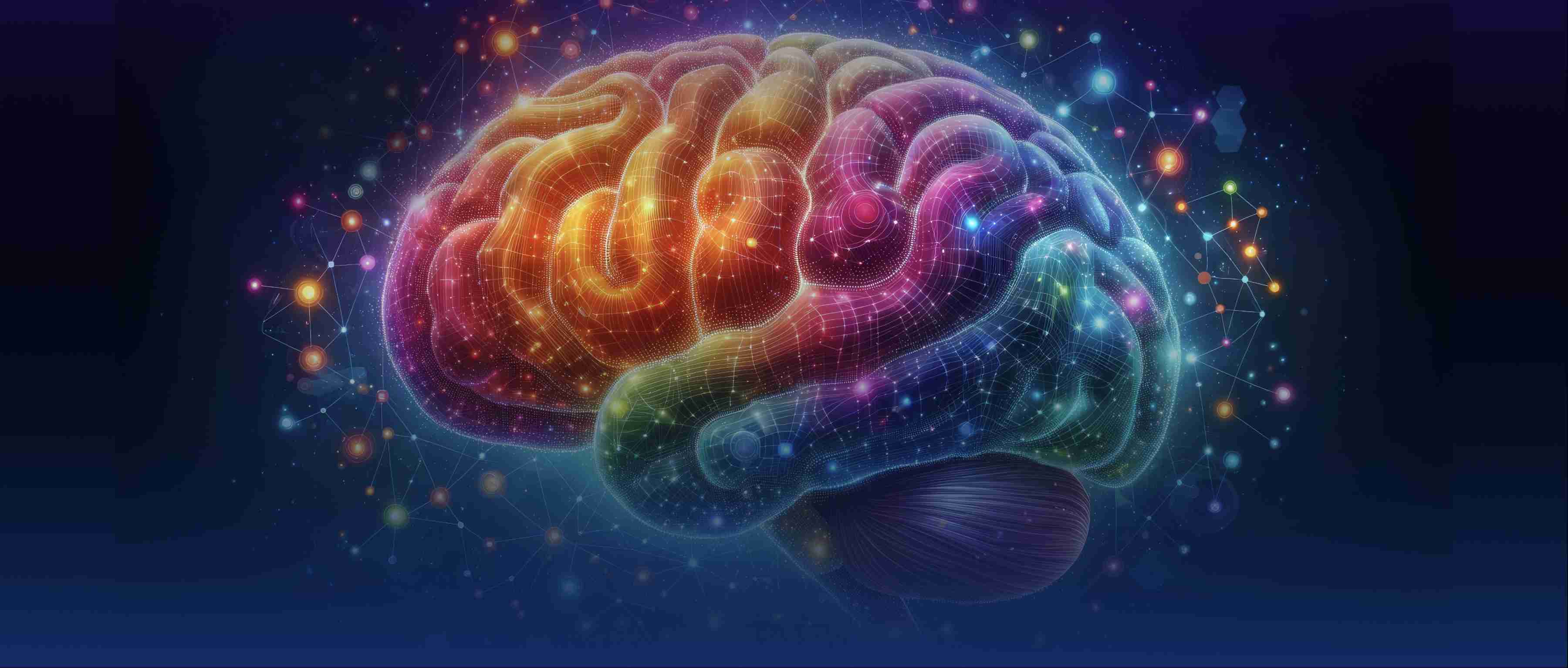The maximum human field of vision is approximately 200° horizontally and 135° vertically, but not all of this range is equally effective. The central part of the vision, covering about 5°, is called the foveal region, where visual acuity is highest due to the high concentration of cone cells. Beyond this central region, peripheral vision detects motion and shapes but lacks fine detail and color sensitivity. The effective binocular field of vision, where both eyes overlap, is around 120°, allowing depth perception and stereo vision. These characteristics enable humans to navigate and interact effectively with their environment, balancing sharp central vision with broader peripheral awareness.
What is the maximum human field of vision?

- Natural Language Processing (NLP) Advanced Guide
- Advanced Techniques in Vector Database Management
- Getting Started with Milvus
- Optimizing Your RAG Applications: Strategies and Methods
- The Definitive Guide to Building RAG Apps with LlamaIndex
- All learn series →
Recommended AI Learn Series
VectorDB for GenAI Apps
Zilliz Cloud is a managed vector database perfect for building GenAI applications.
Try Zilliz Cloud for FreeKeep Reading
How do learning rate schedules impact the training of diffusion models?
Learning rate schedules are critical in the training of diffusion models as they dictate how the learning rate changes o
How to keep track of my inventory for free?
To track inventory for free, use tools like Google Sheets or Airtable to create a simple system. List item names, quanti
What is text-to-image search?
Text-to-image search allows users to find relevant images by inputting a textual description. For example, typing "red s